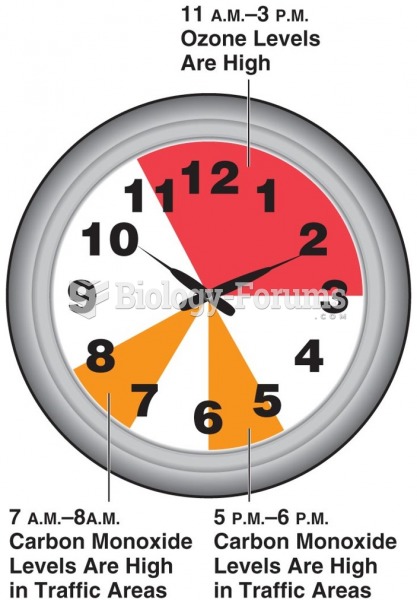Answer to Question 1
b
Answer to Question 2
The five largest food assistance programs, accounting for 96 of all federal dollars spent for food assistance in 2014, are:
1.Supplemental Nutrition Assistance Program (SNAP): Household eligibility and allotments are based on household size, income, assets, housing costs, work requirements, and other factors. Assistance is provided through direct payments in the form of electronic benefits transfer (EBT)redeemable at most retail food stores. The purpose is to improve diets of low-income households by increasing access to food.
2.National School Lunch Program (NSLP): Public or nonprofit private schools of high school grade or under and public or nonprofit private residential childcare institutions may participate. Eligibility standards for children: All students attending schools where the programs provided may participate. Children from households with incomes at or below 130 of poverty guidelines are eligible for free meals. Children from households with incomes between 130 and 185 of the poverty guidelines are eligible for reduced-price meals. Children from households with incomes over 185 of the poverty guidelines pay full price, a price set by the school. Schools receive cash subsidies and USDA commodities for each meal served. The purpose is to assist states in providing nutritious, free or reduced-price lunches to eligible children.
3.Special Supplemental Nutrition Program for Women, Infants, and Children (WIC):Pregnant, breastfeeding, and postpartum women, infants up to one year of age, and children up to five years of age are eligible if they are individually determined by a qualified health professional to be in need of the special supplemental foods provided by the program because they are nutritionally at risk (having a medical-based or dietary-based condition), and if they meet an income standard (gross in come at or below 185 of the poverty guidelines). Provides nutritious foods to supplement diets, nutrition education and counseling, and screening/referrals to other health, welfare, and social services. The purpose is to safeguard the health of low-income women, infants, and children up to age five who are at nutritional risk by providing nutritious foods to supplement diets, information on healthy eating, and referrals to health care.
4.School Breakfast Program: Public and nonprofit private schools and residential childcare institutions may participate. Operates in the same manner as NSLP. Schools and institutions receive cash subsidies for each meal served. The purpose is to assist states in providing nutritious breakfasts to children. Free and reduced-price meals must be offered to eligible children.
5.Child and Adult Care Food Program (CACFP): Eligible institutions include public or private nonprofit childcare centers; outside-school hours care centers; Head Start programs; some daycare homes; community-based programs that offer enrichment activities for at-risk children and teenagers after the regular school day ends; public or private nonprofit emergency shelters that provide residential and food services to homeless families; and public or private nonprofit adult daycare facilities that provide structured, comprehensive services to nonresidential adults who are functionally impaired or age 60 and older. Participant eligibility standards for free and reduced-price meals are the same as the NSLP. Assistance is provided through cash reimbursement for meals served that meet federal nutritional guidelines and reimbursement of associated administrative costs. The purpose is to improve the quality and affordability of daycare for low-income families by providing nutritious meals and snacks to children and to adults who receive are in nonresidential adult daycare centers, providing meals to children residing in homeless shelters, and providing snacks and suppers to youths participating in eligible after-school care programs.
See Table 10-4 for more specifics of the various programs.







